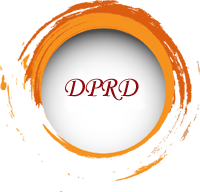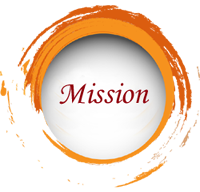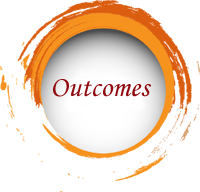Table Top Simulation - Beirut like Explosion(Part 01)
Table Top Simulation - Beirut like Explosion(Part 02)






Key Areas
Preparedness
Capacity Building
Capacity in the context of disaster preparedness is defined as the sum of capability, resources and relationships aimed at reducing illness, disability and death from risks and at promoting health, safety and security. Therefore, capacity includes not only the physical infrastructure and resources but all other functional elements such as organizational structure, expertise, skills and attitude of the staff and other capabilities for disaster/emergency response.
In this respect, health managers need to do a reasonable risk, vulnerability and capacity assessment. They need to identify the activities required to carry out on a priority basis to make the institutions under them safer and able to respond to any disaster of a reasonable magnitude that may expected to occur in the area.
Apart from capacity building, it is also important to network with other institutions for additional resources, which could be mobilized immediately upon request. This also will improve the effective surge capacity of the institution/organization.
Disaster response
DPRD acknowledge the supportive role played by the agencies coming under other government ministries, UN agencies, INGOO, NGOO, CBOO, private sector, and other organizations/individuals. Therefore, DPRD will coordinate and carried out the government health services for disaster relief activities with the support of other agencies.
Fund for Disaster Response
Relief activities
Training in Disaster Management
With the increasing occurrence of disasters and with opportunities for disaster management activities to expand; many institutions have initiated training programmes on disaster management. This is true of the health sector as well. Many higher education institutions of the government sector, private institutions as well as non governmental organizations in the country are conducting training programs on health sector disaster management aiming at different categories of health staff. As the number of training programmes increases, their standards of training need to be monitored. Action will be initiated to standardize the training in health sector disaster preparedness and response as well as for accreditation of training centers.
As a result of the current enthusiasm on capacity building in disaster preparedness, opportunities for specialized training in this field at centers of excellence too are increasing. A coordination mechanism for specialized training in disaster management will be developed under this plan to ensure appropriate persons are trained.
What we do
slide
img1.png
img2.png
img3.png
img5.png
img7.png
img8.png
img9.png
img10.png
Contact Us












